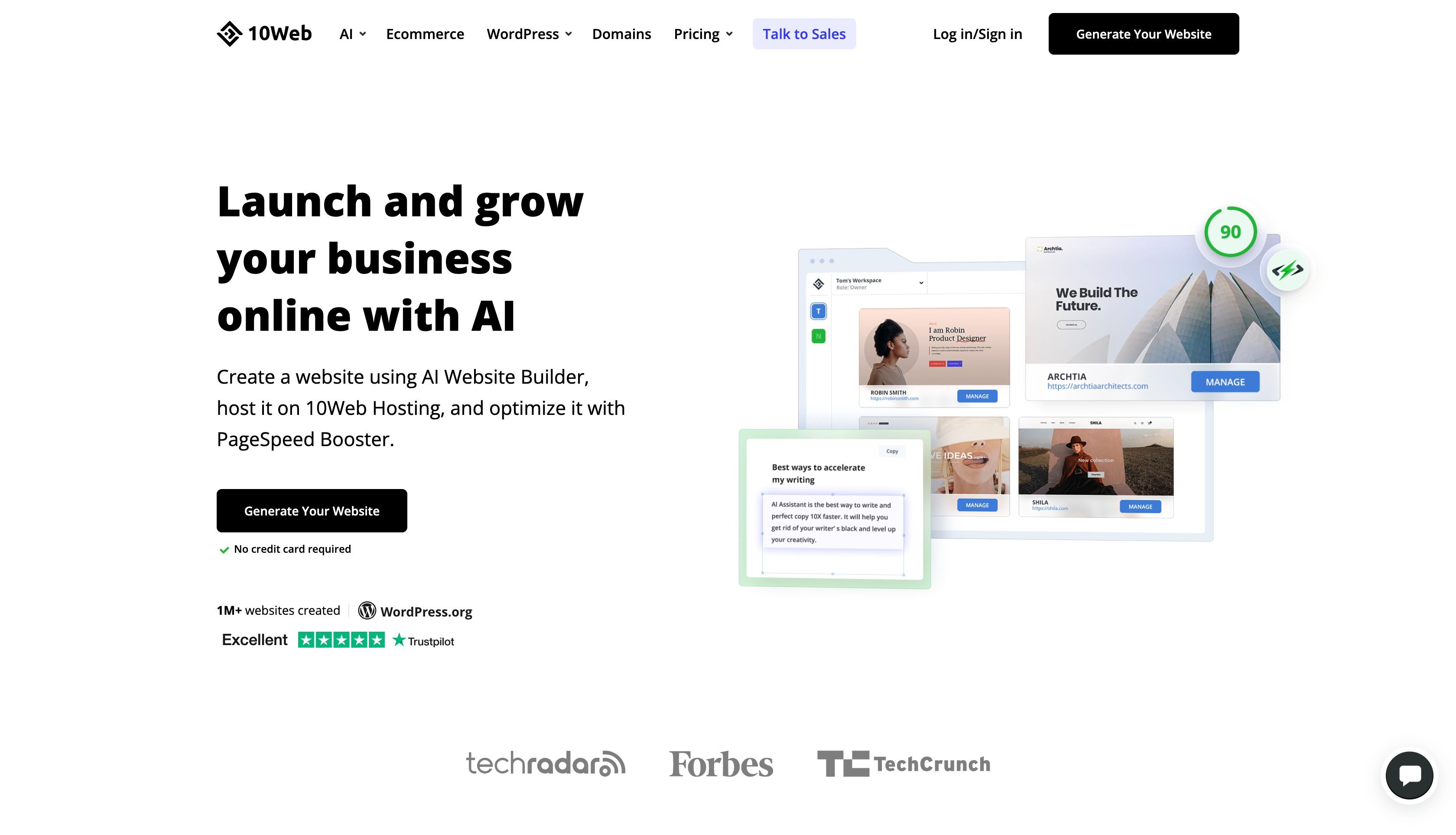- Marketing in the Age of Machines
- Posts
- Why High-Value Content is the Key to YouTube Success
Why High-Value Content is the Key to YouTube Success
A weekly email with the best of marketing, AI, and business.

You are receiving this email because you subscribed to Castleberry’s newsletter. https://www.castleberrymedia.com/
Welcome to Marketing in the Age of Machines. Each week, we bring you the following:
👉 An innovative marketing strategy that has worked for others.
👉 The 3 most relevant contents in marketing, AI, and business that will help you understand the ever-changing landscape.
👉 3 tools for the Marketer of the Future.
👉 The quote of the week. A simple take on everyday marketing concepts.
Problem
Many YouTube creators are constantly trying to decipher the platform’s algorithm to increase their content's reach and engagement. There's a prevalent belief that frequent uploads, optimized tags, updated metadata, and finding a "perfect meta" for videos are the keys to success on YouTube. This misinformation can lead creators to spend excessive time and energy on strategies that might not significantly impact their video's performance, diverting focus from the actual content quality.
Solution
Marcus shares insights that debunk these myths about YouTube’s algorithm. Instead of focusing on frequent uploads or spending too much time updating tags and metadata, creators should prioritize producing high-value content. He emphasizes that there is no single "meta" strategy that guarantees success on YouTube. By concentrating on quality over quantity and delivering meaningful content, creators can build stronger engagement without being overly concerned with minute algorithmic details.
Lesson
This thread serves as a reminder that content quality is paramount on YouTube. Success doesn’t come from trying to outsmart the algorithm but from genuinely connecting with the audience. By shifting focus from chasing trends and tweaking metadata to delivering value, creators can cultivate a more sustainable and rewarding presence on the platform.
This is Todd Beaupré –– He runs the YouTube algorithm.
His message? The algorithm DOESN'T hate you.
Here are 12 blind spots Todd wants you to know:
1. YouTube uses a ranking algorithm
— Marcus (@marcuslejeune)
9:00 PM • Oct 28, 2024
1/. What is a Personal Branding Strategy?
Personal branding has become essential in today’s digital age, offering professionals a way to stand out, connect with the right audiences, and drive long-term career growth. A strong personal branding strategy clarifies who you are and what you bring to the table, ensuring consistent messaging and a lasting impact. By defining elements like your audience, goals, unique attributes, and visual identity, you can establish a brand that aligns with your objectives and resonates with your audience. Read on to explore each component in depth and how they contribute to a sustainable personal brand.
Insights for B2B Marketing Directors:
Just as B2B brands use a unique value proposition to stand out, individual professionals should define and communicate their unique value. This can lead to stronger connections with potential clients, partners, or talent, as well as increased credibility in industry circles.
A well-managed personal brand should maintain consistent messaging across all channels. B2B directors can apply this principle by encouraging thought leaders in their organizations to align their personal brands with the company's messaging, increasing brand cohesion and reinforcing the company’s values.
Read the full post here:
Are you using the latest strategies for B2B Lead Generation?
Take our 9-question quiz to gain insights into whether your brand is using the latest B2B Lead Generation strategies.
2/. McKinsey: CMOs feel unprepared as duties pile up
Marketing leaders face an expanding list of responsibilities, from brand building to navigating generative AI, yet many feel their organizations lack the resources and preparation to support these demands, according to a McKinsey survey. Although brand building tops their priorities, other critical areas like cross-functional collaboration, budget alignment, and KPI tracking remain underdeveloped. Barriers such as budget constraints, siloed teams, and limited talent are persistent issues that may prevent brands from capitalizing on new opportunities.
Watch the full post here:
3/. Ultimate Guide: How to get started with Google Ads for early-stage B2B SaaS startups
When considering Google Ads for an early-stage B2B SaaS startup, it’s essential to understand the right timing and approach. Paid search can be a powerful tool to drive customer acquisition and increase brand visibility, but it’s most effective when used after gaining initial traction. Key factors to consider include having a clear understanding of your Ideal Customer Profile (ICP), knowing the market, and having the budget to test and optimize campaigns. Before diving in, ensure the product has sufficient demand and avoid starting with Google Ads if the budget is too small or if you’re not ready to track and optimize effectively. Proper conversion tracking is crucial for success, as it allows Google’s algorithms to refine campaigns. Setting up an organized Google Ads account structure and targeting high-intent keywords—such as competitor, product category, use case, and brand keywords—will help maximize efficiency.
Watch the full post here:
👉 Tools in the Age of Machines:
Conjointly: Helps businesses optimize product features and pricing by analyzing customer preferences through conjoint analysis.
10Web: Provides an AI-driven platform for building, hosting, and optimizing WordPress websites with automated performance, security, and scalability features.
Stockimg.ai: AI tool that creates custom images from text descriptions, helping users quickly generate visuals for their projects.
True B2B sales is about helping clients succeed, not just making a profit.





